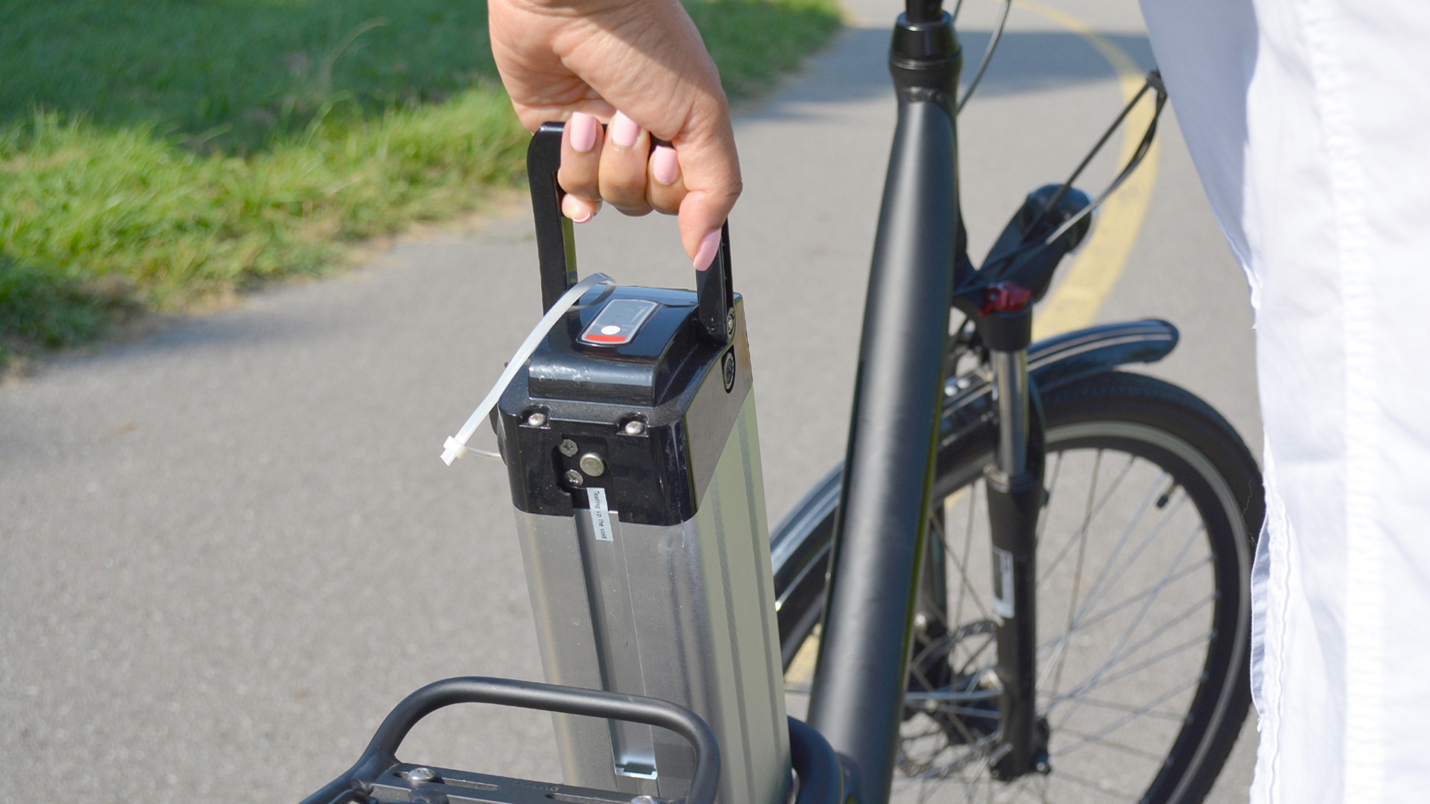What is the Cause of Battery Fires in E-Bikes and Scooters?

In recent years, e-bikes and e-scooters have gained popularity as convenient and eco-friendly modes of transportation. However, as with any technology, it’s important to understand the potential risks, particularly the risk of fires caused by lithium-ion batteries and take necessary safety precautions.
In this blog, we’ll delve into the world of e-bikes and discuss their functionality, the risk of fires associated with lithium-ion batteries, and practical tips for staying safe.
Understanding E-Bikes:
E-bikes, or electric bikes, have an electric motor that helps the rider pedal. These motorized two-wheelers come in various styles, ranging from traditional-looking bicycles to sleek and modern designs. The electric motor is powered by a lithium-ion battery, which provides an extra power boost, allowing riders to travel longer distances with less physical exertion.
The Risk and Frequency of Fires:
Lithium-ion batteries, commonly used to power e-bikes and e-scooters, offer efficient energy storage. However, if these batteries are damaged or mishandled, they can overheat, catch fire, or even explode. Factors such as faulty charging equipment, improper charging practices, and overloaded electrical circuits have been associated with fire incidents involving e-bike and e-scooter batteries.
While comprehensive data on e-bike and e-scooter fires are limited, battery-related incidents have been reported. The exact frequency varies and can be influenced by multiple factors, including the quality of the battery, maintenance practices, and user behavior. It is crucial to stay informed about safety protocols and take necessary precautions to minimize risks.
Ensuring Your Safety:
The risk of battery fires in e-bikes and e-scooters stems from the nature of their lithium-ion batteries, which store energy efficiently but can be prone to overheating and thermal runaway if mishandled or damaged.
To promote safe e-bike usage and reduce the risk of battery-related incidents, consider the following guidelines:
- Purchase Certified Devices: When acquiring an e-bike or e-scooter, choose models certified by nationally recognized testing labs. Look for safety labels and ensure compliance with industry standards.
- Proper Charging Practices: Follow the manufacturer’s instructions for charging the battery. Avoid overcharging or using unauthorized chargers, as these actions can increase the risk of battery damage and potential fire hazards.
- Battery Maintenance: Regularly inspect the battery for any signs of damage, leakage, or unusual odors. If you notice any abnormalities, discontinue use, and consult a professional for inspection and potential replacement.
- Storage and Transportation: Store your e-bike or e-scooter safely and dryly away from extreme temperatures and moisture. When transporting the device, ensure the battery is securely fastened and protected from potential impacts.
- Professional Repairs: If your e-bike or e-scooter requires repairs or maintenance, rely on qualified professionals with expertise in handling electric vehicles. Avoid attempting repairs yourself, as improper handling can further jeopardize safety.
Conclusion
E-bikes and e-scooters offer convenient and eco-friendly transportation, but it’s important to recognize and address the potential risks associated with battery fires. By sticking to safety precautions such as purchasing certified devices, practicing proper charging habits, and promptly addressing any battery damage, you can confidently enjoy the benefits of e-bikes while prioritizing your safety.
Remember to stay informed, stay safe, and ride with peace of mind.
Please note that the information provided in this blog is for informational purposes only and should not be construed as professional or legal advice. Always consult relevant authorities and adhere to manufacturers’ guidelines for safety when using e-bikes and e-scooters.
